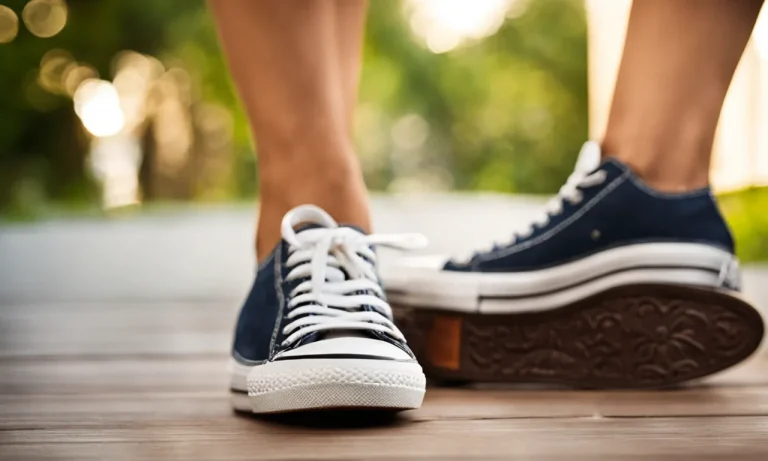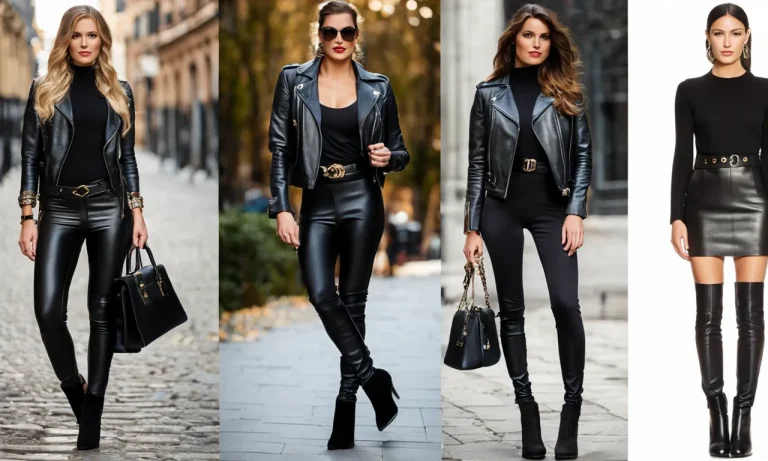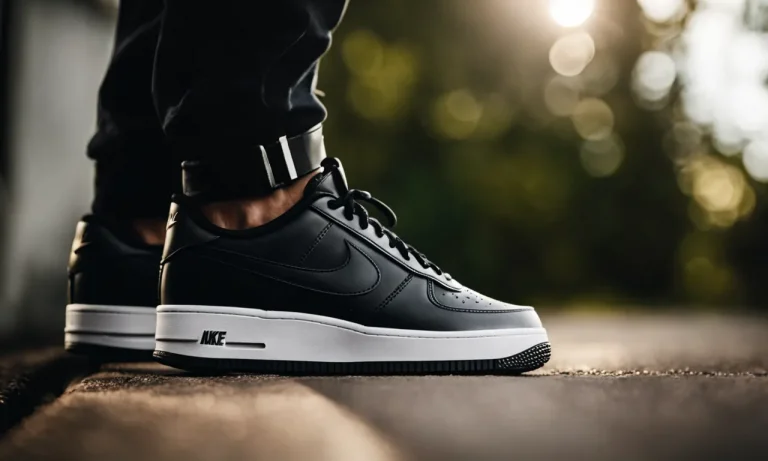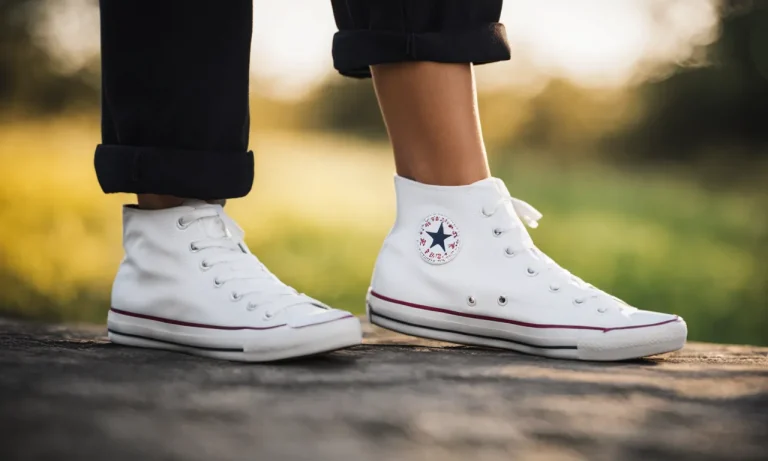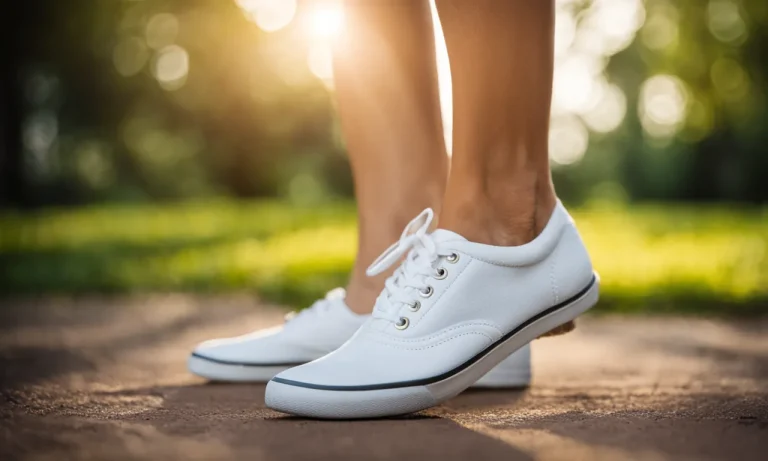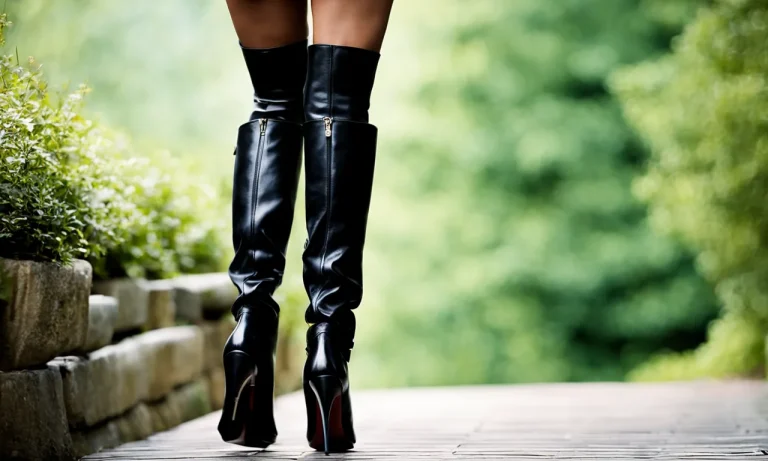Running shoes are an investment, and choosing the right pair is key to preventing injury and improving performance. Hoka One One athletic shoes have exploded in popularity thanks to their maximalist design, but are they right for you?
Here’s a quick answer: Hoka shoes provide exceptional cushioning and comfort but may not be ideal for everyone due to their unique shape and weight.
In this comprehensive guide, we’ll take an in-depth look at Hoka running shoes to help you decide if they are worth the cost. We’ll overview the key features of Hoka shoes, analyze the pros and cons, compare them to other top brands, provide tips for selecting the right model, and give our final verdict on whether Hokas are a smart buy.
An Overview of Hoka Shoes
Hoka shoes have gained significant popularity in recent years, but are they really worth the hype? Let’s take a closer look at the pros and cons of these unique footwear options.
History and Origins
Hoka One One, often referred to as just Hoka, was founded in 2009 by two trail runners, Jean-Luc Diard and Nicolas Mermoud. The brand was created with the aim of developing shoes that could provide enhanced cushioning and comfort for runners, particularly those participating in long-distance or trail running.
Since its inception, Hoka has quickly gained a loyal following among athletes and runners. The brand’s innovative approach to shoe design has set them apart from traditional running shoe manufacturers.
Maximalist Design Philosophy
One of the key features that distinguish Hoka shoes from others on the market is their maximalist design philosophy. Unlike minimalist shoes that aim to provide a more natural running experience, Hoka shoes offer maximum cushioning and support.
The unique design of Hoka shoes includes an elevated midsole with extra cushioning, providing a plush and comfortable ride. This design not only helps to reduce impact on joints and muscles but also promotes a smoother stride.
Key Technologies and Components
Hoka shoes incorporate several key technologies and components that contribute to their performance and comfort:
- Meta-Rocker: This technology is designed to promote a smooth and efficient gait cycle by providing a rocking motion from heel to toe.
- Active Foot Frame: This feature provides integrated stability and support, ensuring a secure fit and preventing foot slippage.
- Early Stage Meta-Rocker: This component is specifically engineered to provide a smooth transition and propulsion during the early stages of the gait cycle.
- Cushioned Midsole: Hoka shoes are known for their thick and plush midsole, which offers exceptional cushioning and shock absorption.
These technologies and components work together to provide a unique and comfortable running experience for athletes of all levels.
It’s important to note that while Hoka shoes have many advantages, they may not be suitable for everyone. Factors such as individual running style, foot shape, and personal preferences should be taken into consideration when deciding if Hoka shoes are worth it.
Ultimately, the decision to invest in Hoka shoes comes down to personal preference and individual needs. It’s always a good idea to try on different models and consult with a knowledgeable shoe specialist before making a purchase.
The Pros of Hoka Shoes
Exceptional Cushioning and Comfort
Hoka shoes are known for their exceptional cushioning and comfort, making them a popular choice among runners and athletes. The brand’s signature oversized midsole provides ample cushioning that helps to absorb shock and reduce impact on joints.
This is especially beneficial for individuals with knee or joint pain, as it can help alleviate discomfort during high-impact activities. The plush cushioning also offers a comfortable and supportive fit, allowing for longer periods of wear without causing discomfort or fatigue.
Impact Reduction
Hoka shoes are designed with a focus on impact reduction, making them a great choice for those who engage in high-impact activities such as running or jumping. The thick midsole and cushioning help to absorb shock and reduce the impact on the body, minimizing the risk of injuries and providing a smoother and more comfortable stride.
This feature is particularly beneficial for individuals with conditions such as plantar fasciitis or shin splints, as it can help alleviate pain and discomfort associated with these conditions.
Stability
Another advantage of Hoka shoes is their stability. The brand’s shoes are designed with a wider base and a lower heel-to-toe drop, which helps to provide a more stable platform for the foot. This can be especially beneficial for individuals with pronation issues or those who require additional support during their activities.
The stability offered by Hoka shoes can help improve balance and reduce the risk of ankle injuries, allowing individuals to perform at their best while feeling confident and secure.
Responsiveness
Despite their plush cushioning, Hoka shoes also offer a surprising level of responsiveness. The midsole materials used in Hoka shoes are designed to provide a spring-like effect, allowing for a more efficient push-off during running or other activities.
This enhanced responsiveness can help athletes achieve better performance and speed, making Hoka shoes a popular choice among competitive runners and athletes.
The Cons of Hoka Shoes
Unstable Design
One of the main complaints about Hoka shoes is their unstable design. Some runners find that the thick midsole and high stack height can make them feel wobbly and less secure on uneven terrain. This can be particularly concerning for trail runners who rely on stability for navigating rocky or technical trails.
While Hoka has made efforts to improve the stability of their shoes in recent years, it is still a concern for some athletes.
Narrow Fit
Another drawback of Hoka shoes is their narrow fit. Many runners with wider feet have reported feeling cramped and uncomfortable in Hoka’s standard width shoes. This can be a major issue for those who require extra room in the toe box or have bunions or other foot conditions.
Hoka does offer some models in wider widths, but the selection is limited compared to other brands.
Weight
Hoka shoes are known for their cushioning and support, but this comes at a cost in terms of weight. Due to the thick midsole and ample cushioning, Hoka shoes tend to be heavier than traditional running shoes.
While this may not be a concern for casual runners or those who prioritize comfort over speed, it can be a disadvantage for competitive runners who value lightweight footwear for optimal performance.
Lack of Ground Feel
One common criticism of Hoka shoes is their lack of ground feel. The thick cushioning and rocker design of the sole can make it difficult for runners to feel the ground beneath their feet. This can be problematic for those who prefer a more responsive and natural running experience.
However, for runners who prioritize impact protection and joint comfort, the reduced ground feel may be a trade-off they are willing to make.
Price
Lastly, the price of Hoka shoes can be a deterrent for some runners. Hoka shoes tend to be on the higher end of the price spectrum compared to other running shoe brands. While they do offer high-quality materials and innovative designs, the higher price tag may not be justified for all runners, especially those on a tight budget.
Despite these drawbacks, it’s important to note that Hoka shoes have a devoted fan base and many runners swear by their comfort and performance. Ultimately, whether Hoka shoes are worth it or not depends on individual preferences, running style, and specific needs.
Hoka vs. Other Major Brands
Brooks
When comparing Hoka shoes to other major brands, one of the top contenders is Brooks. Both brands are known for their high-quality running shoes, but there are some key differences to consider. Hoka shoes are renowned for their maximalist cushioning, providing ample support and comfort for long-distance runners.
On the other hand, Brooks offers a range of shoes with varying levels of cushioning, allowing runners to choose the level of support that suits their preferences.
While both brands have their loyal fan bases, some runners may find Hoka shoes to be a better fit if they prioritize cushioning and a plush feel. However, it ultimately comes down to personal preference and individual running needs.
Asics
Another major brand in the running shoe industry is Asics. Asics is known for their commitment to innovation and performance. When comparing Hoka to Asics, one notable difference is the level of cushioning.
Hoka shoes typically have a thicker midsole, providing enhanced shock absorption and cushioning. Asics, on the other hand, offers a range of shoes with varying levels of cushioning, allowing runners to choose the amount of support that suits their needs.
Both Hoka and Asics have their own unique technologies and features that cater to different types of runners. While Hoka focuses on providing maximalist cushioning, Asics emphasizes stability and responsiveness.
Runners should consider their specific running style and preferences when deciding between the two brands.
Saucony
Saucony is another well-known brand in the running shoe market. When comparing Hoka to Saucony, it’s important to note that both brands have their own strengths and target different types of runners. Hoka shoes are known for their maximalist cushioning, providing a plush and comfortable feel.
Saucony, on the other hand, offers a range of shoes with varying levels of cushioning, catering to runners with different preferences.
Both Hoka and Saucony have their own loyal fan bases, and it ultimately comes down to personal preference when choosing between the two. Some runners may prefer the maximalist cushioning of Hoka shoes, while others may find Saucony’s cushioning options more suitable for their needs.
New Balance
When it comes to comparing Hoka to New Balance, there are some notable differences to consider. Hoka shoes are known for their maximalist cushioning, providing excellent shock absorption and support. New Balance, on the other hand, offers a range of shoes with varying levels of cushioning, allowing runners to choose the amount of support that suits their preferences.
Both Hoka and New Balance have their own unique technologies and features that cater to different types of runners. While Hoka focuses on providing maximalist cushioning, New Balance emphasizes stability and durability.
Runners should consider their specific needs and preferences when deciding between the two brands.
Nike
Lastly, let’s take a look at how Hoka compares to the well-known brand Nike. Hoka shoes are known for their maximalist cushioning, providing ample support and comfort for long-distance runners. Nike, on the other hand, offers a wide range of shoes with varying levels of cushioning, catering to different types of runners.
While both brands have their own strengths and unique features, some runners may find Hoka shoes to be a better fit if they prioritize cushioning and a plush feel. Nike, on the other hand, is known for its focus on performance and innovation.
Ultimately, it comes down to personal preference and individual running needs when choosing between Hoka and Nike.
How to Choose the Right Hoka Shoe
Choosing the right Hoka shoe can greatly enhance your running experience and help prevent injuries. Here are some important factors to consider when selecting the perfect Hoka shoe for your needs:
Consider Your Foot Type
One of the first things to consider when choosing a Hoka shoe is your foot type. Are you an overpronator, underpronator, or do you have a neutral foot strike? Understanding your foot type will help you determine the level of stability and support you need in a shoe.
If you’re unsure about your foot type, it’s best to visit a specialty running store where they can analyze your gait and recommend the right shoe for you.
Choose the Right Amount of Cushioning
Hoka shoes are known for their generous amount of cushioning, but it’s important to find the right level of cushioning for your specific needs. If you’re a long-distance runner or prone to joint pain, you may benefit from a shoe with maximum cushioning.
On the other hand, if you prefer a more responsive and lightweight shoe, a model with less cushioning might be a better fit for you. Consider your running goals and personal preferences when choosing the right amount of cushioning.
Analyze Your Gait and Running Style
Understanding your gait and running style is crucial when selecting a Hoka shoe. Are you a heel striker, midfoot striker, or forefoot striker? Do you have a smooth or choppy running motion? Analyzing your gait and running style can help you identify any biomechanical issues that may require specific features in a shoe, such as stability or motion control.
It’s important to choose a shoe that aligns with your natural running mechanics to optimize performance and reduce the risk of injuries.
Understand Sizing and Fit
Getting the right fit is essential for comfort and performance. Hoka shoes typically have a wider toe box and a snug heel fit. It’s important to measure your feet and refer to the brand’s sizing chart to ensure you select the correct size.
Additionally, consider trying on different models and sizes to find the one that feels most comfortable and secure during your runs. Remember that everyone’s feet are unique, so what works for someone else may not work for you.
Compare Different Hoka Models
Hoka offers a wide range of shoe models, each with its own unique features and benefits. Take the time to research and compare different models to find the one that best suits your needs. Consider factors such as weight, flexibility, breathability, and the intended use of the shoe (e.g., road running, trail running, or walking).
Reading reviews from other runners and consulting with experts can also provide valuable insights into the performance and durability of different Hoka models.
By considering your foot type, cushioning needs, gait and running style, sizing and fit, and comparing different Hoka models, you’ll be well-equipped to choose the right Hoka shoe that meets your specific requirements and enhances your running experience.
Conclusion
Hoka shoes stand out for their unique maximalist design that offers exceptional cushioning and comfort. However, the extra padding comes at a cost – namely extra weight and less stability. Hokas are best for runners who want plush cushioning for hard surfaces and recovery days.
They may not be suitable for speedwork or races.
By carefully considering your running needs, foot type, gait, and preferred fit, you can determine if a Hoka shoe is right for you. Take time to test them out at length both in store and on training runs.
While Hokas have downsides, their pillow-like ride makes them one of the most popular shoes for daily training and long distances.

